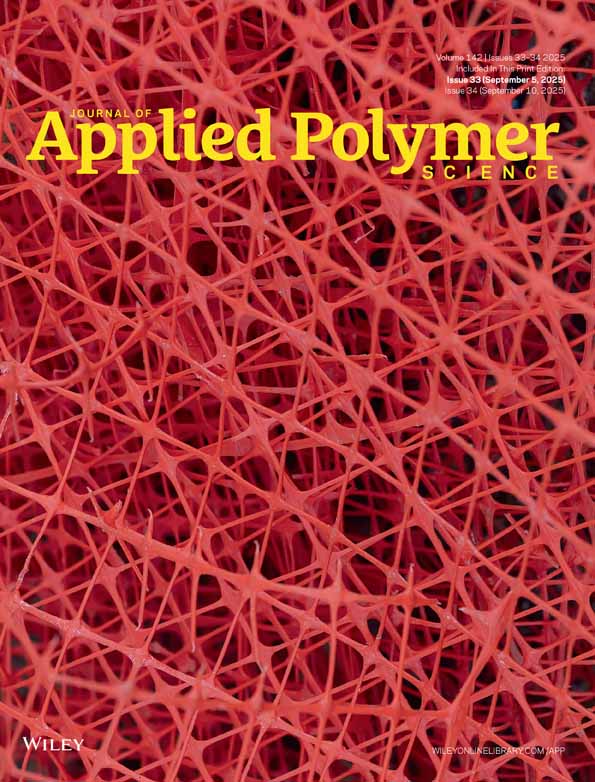The influence of carbon black batches on the fracture behavior of glass fiber reinforced PA6/PA66 blends
Abstract
The toughness behavior of 30 wt % glass fiber reinforced PA6/PA66 blends colored with different masterbatches containing carbon black (CB) was characterized by the instrumented Charpy impact test. Two different CB types with different particle diameters as well as two different polymers, PE and PA6, were used to prepare the masterbatches. The CB concentration was varied from 0 to 1.2 wt % in the compounds and all materials were examined dry and after water absorption. The toughness of the compounds significantly decreased when CB was incorporated. Moisture conditioning of the materials led to increased toughness and ductility but did not compensate for the negative influence of CB. Using PE as a masterbatch polymer succeeded in limiting the influence of CB on toughness whereas the largest particle diameter led to the highest reduction in toughness. By taking into account crack resistance curves, it could be shown that there is a significant change in crack propagation behavior when the concentration of the larger particle CB exceeds a certain level; this was ascribed to the existence of complex CB structures at this concentration. © 2009 Wiley Periodicals, Inc. J Appl Polym Sci, 2010




